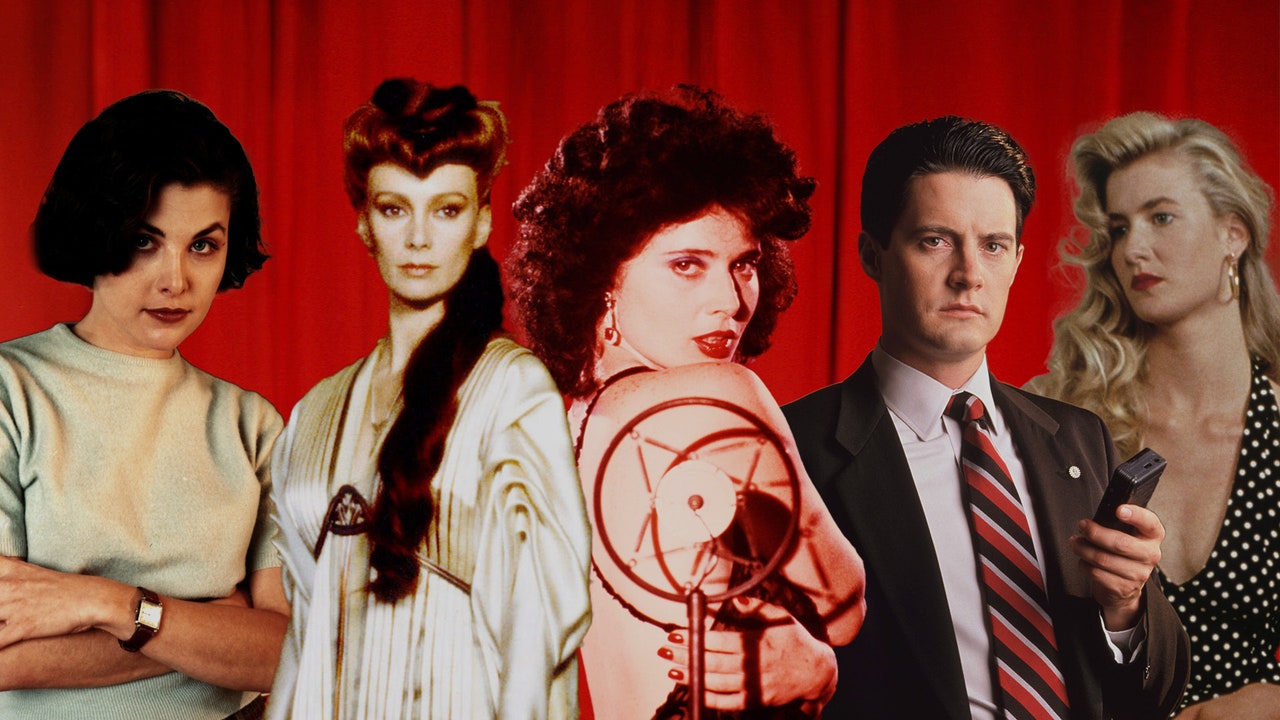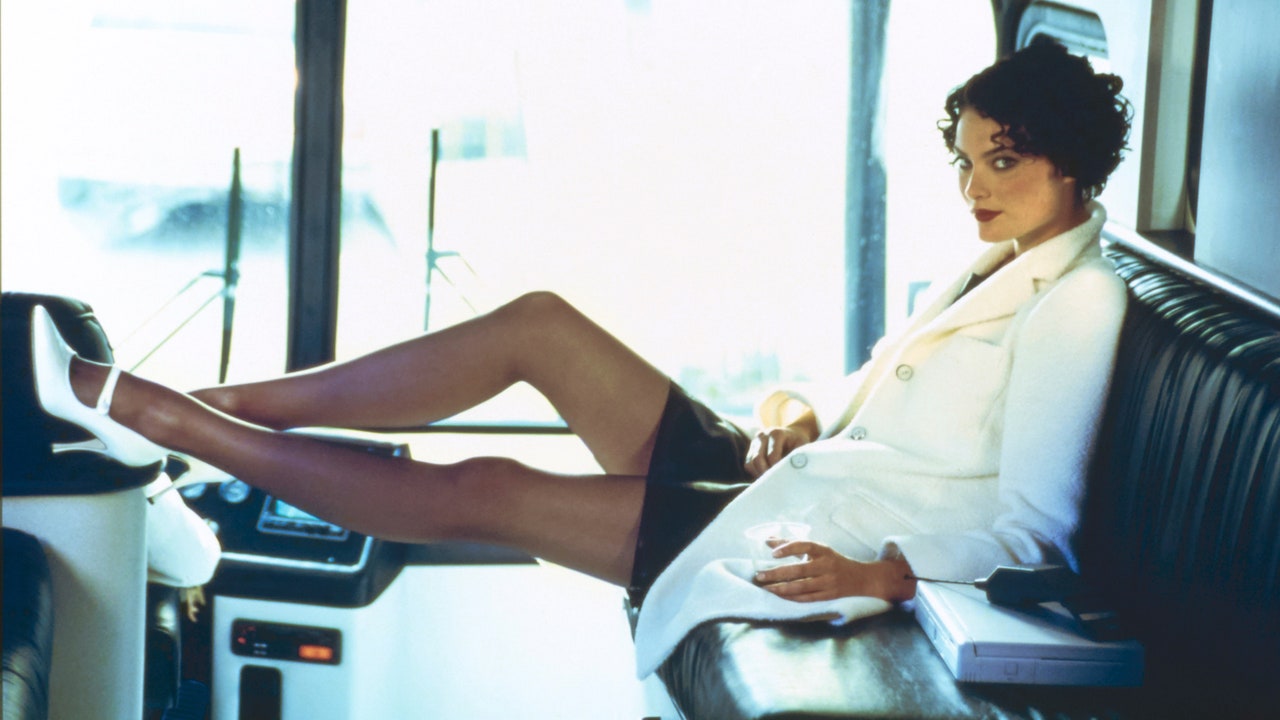After I assume again on my experiences watching the movies of David Lynch, what I recall is—for lack of a greater phrase—a temper. Really, a number of completely different moods: The eerie mundanity of Twin Peaks, the ravishing neo-noir of Blue Velvet, the twisted romance of Mulholland Drive, the uproarious spectacle of Wild at Coronary heart. Whereas all felt distinctly Lynch, it’s exhausting to pinpoint what, precisely, made them that approach—their distinctive mix of humor and pathos? Of heat and absurdity? The high-quality line between the mundane and the transcendent? It’s what makes the phrase “Lynchian” so helpful but so tough to outline, capturing because it does the singular imaginative and prescient of considered one of our most original artists—and as critic David Ehrlich famous, what better creative legacy may one hope to depart than that?
To be able to conjure up the myriad worlds of his creativeness—usually similar to our personal, however not fairly—Lynch usually relied on one of the evocative (and undersung) instruments in a director’s arsenal: the artwork of costume. Who can neglect the glowing black halterneck gown worn by Isabella Rossellini’s femme fatale lounge singer in Blue Velvet, or the prim cardigans worn by Naomi Watts in Muholland Drive as Betty, a wide-eyed, small-town woman arriving in Los Angeles for the primary time? The subversive sweetness of Audrey Horne’s sweaters and schoolgirl plaid skirts in Twin Peaks, or the navy fits and beige overcoats worn in ever-so-slightly fallacious proportions by Kyle Maclachlan’s Agent Cooper. Lynch was fascinated by the coded meanings of uniforms, however all the time offered them slightly askew: The sartorial equal of the uncanny valley, it mirrored his fascination with that which is ideal and pristine to the surface world, but conceals a darker, extra menacing core. He was a grasp of utilizing type to create, effectively, substance.
It’s little surprise, then, that Lynch has served as a north star for trend designers from all around the globe. There are the extra literal references, in fact. Raf Simons, who soundtracked his fall 2008 present for Jil Sander with Angelo Badalamenti’s well-known Twin Peaks rating, even included stills of Laura Dern in Blue Velvet as patches on sweaters and leopard print coats—with Dern herself sitting on the entrance row. Rei Kawakubo’s spring 2016 assortment for Comme des Garçons—which paid tribute to “highly effective ladies who’re misunderstood, however do good on the earth,” a Lynchian archetype if ever there was one—noticed reams of blue velvet manipulated into grotesque proportions with a warped form of magnificence. (The present featured Roy Orbison’s “Blue Velvet” booming from the audio system, in fact.)
However you can even detect Lynch’s presence woven by the work of among the most influential designers of the previous few many years, from Simons’s Calvin Klein collections exploring the darkish underbelly of American visible tradition to the hodgepodge glamour of Alessandro Michele’s designs for Gucci, the place the designer even paid tribute to Twin Peaks’ notorious Crimson Room with the set for his fall 2016 menswear present. (It’s not exhausting to think about the Log Girl in head-to-toe Michele.) In the meantime, Demna’s knack for corrupting utilitarian wardrobe staples has a transparent antecedent in Lynch’s costumes—the designer even instructed Vogue’s Luke Leitch in 2017, after MacLachlan attended his memorable “dadcore” Balenciaga present in Paris’s Bois de Boulogne, that Agent Cooper was a mainstay on his moodboards.


